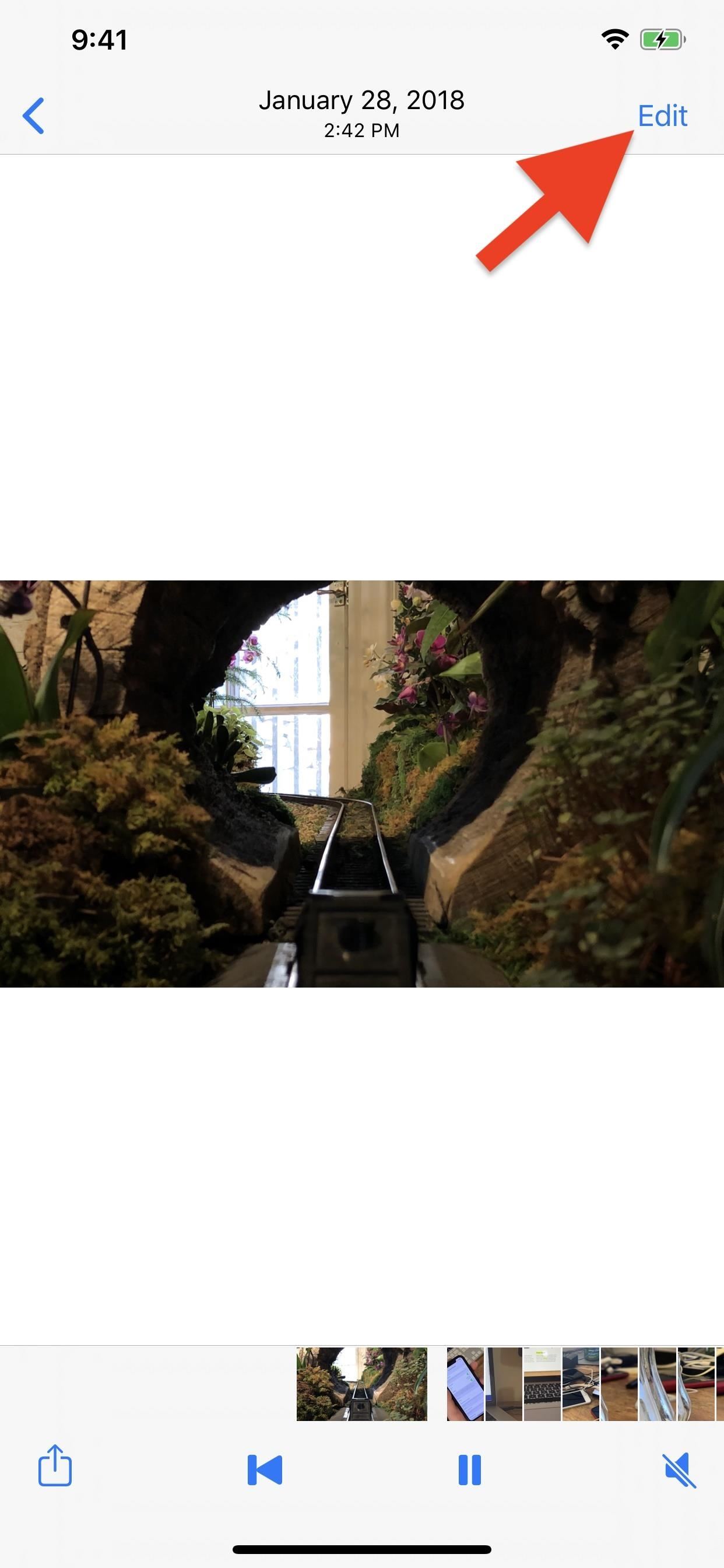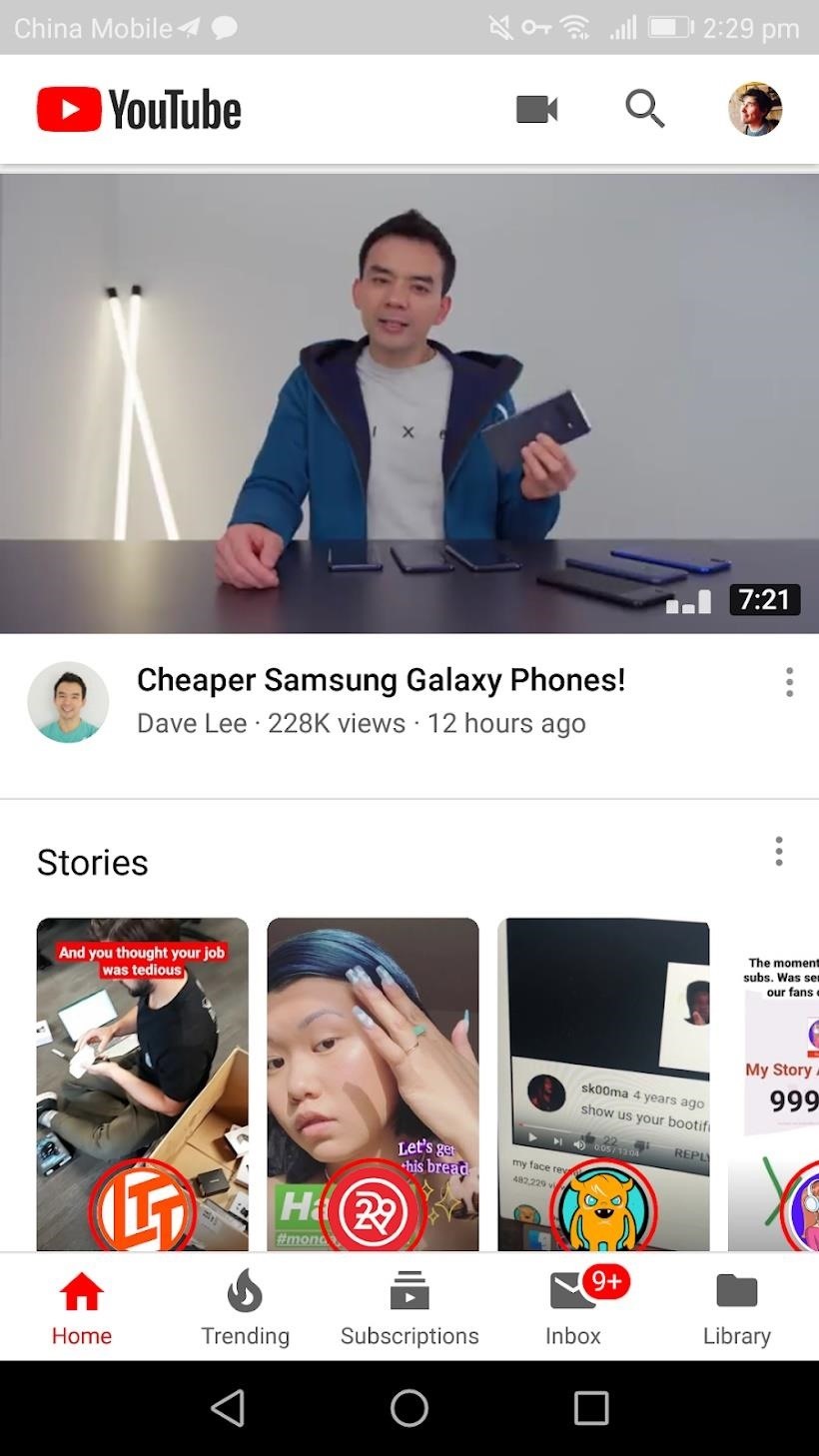J2ME’s future shines
Sun has won the battle for wireless development standard supremacy, but will the company profit?
I JUST GOT back from Sun Microsystems’ big developer event, JavaOne, in San Francisco. What I’ve taken away from that event is perhaps not news, but an impression.
At the show I met with some of the larger wireless carriers and handset manufacturers: Nokia, Motorola, Sprint, Research in Motion, AT&T Wireless, and Nextel.
My guess — and, having met with so many vendors, I’m calling this an educated guess — is that J2ME (Java 2 Micro Edition) will become the de facto development standard for handsets. From these handset manufacturers, I was able to count almost 50 cell phone models either just out or coming out by summer, all J2ME-enabled.
Sun and its happy partners are estimating that 1 billion J2ME phones will be in use in less than five years. I believe Microsoft’s strategy of partnering with tier-one wireless carriers and tier-two and lower handset manufacturers to get Pocket PC 2002 Phone Edition to market is nearly hopeless.
There are issues around J2ME, mainly that although it may seem like a standard, the fact is each handset manufacturer buys its KVM (K Virtual Machine) kernel from a different vendor. There are so many versions of J2ME and so many extensions that a developer cannot really “write once, deploy to many.” It just isn’t going to happen.
Nevertheless, the momentum is behind J2ME. However, here’s the rub: Query any Sun executive about how big the revenue stream is (or will be) from licensing J2ME on those 1 billion handsets, and you invariably get the same response: “negligible,” “none,” or words to that effect. Nothing in the company’s annual report tells me anything different. According to Sun senior management, the company makes money by selling servers — end of story.
Sun management believes that if J2ME wins on the handsets, then as carriers deploy more wireless services, they are more likely to choose Sun J2EE (Java 2 Enterprise Edition) servers over somebody else’s server. The same model, I am told, will work for companies deploying J2ME devices. Now I don’t have an MBA, but to me it seems that spending multimillions of dollars on Java development on mobile is the long way round to selling more boxes.
I don’t buy it. Not that I don’t believe Sun. I just think the business model will not work in the long run. If Microsoft had 1 billion handsets running Phone Edition, you can bet your bottom dollar it would charge whatever the market will bear. Perhaps that is one good reason why J2ME is the platform of choice for most of the handset manufacturers and operators.
Now, the handheld side of wireless connectivity is another story, and here I am not sure the Sun story is complete. At JavaOne, the company touted Monty, its new JVM (Java Virtual Machine), actually KVM, which boasts greatly improved performance over the older JVM. It’s due out in about six months. Although mid-lets — what Sun calls Java apps on handsets — are great, it appears that on handhelds, Microsoft, at least up until now, has a far more robust set of applications.
Can StarOffice compete with Microsoft Office? Only time will tell.




